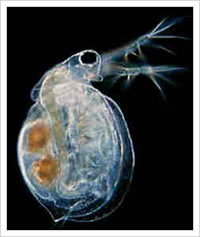For website content and data, please contact:
Scott Johnson
Laboratory Director
Aquatic Bioassay & Consulting Laboratories, Inc.
scott@aquaticbioassay.com
Or
Karin Wisenbaker
Senior Biologist, Data Quality Manager
Aquatic Bioassay & Consulting Laboratories, Inc.
karin@aquaticbioassay.com
For website design and use, please contact:
Joe Purohit
Principal
EcoLayers, Inc.
Joe@EcoLayers.com
